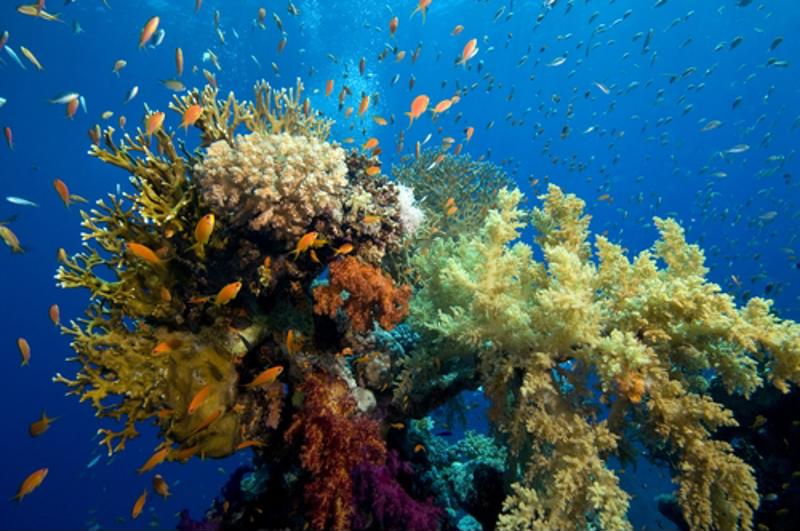
Autonomous underwater vehicles (AUVs): Revolutionizing ocean exploration and research
By Perle SystemsMay 31, 2023
The little mermaid is not the only one who wants to explore another world. Professionals, including oceanographers, marine biologists and geologists, hydrographers and marine engineers, are also curious to explore and research the ocean. Underwater remains primarily unexplored, hiding secrets and mysteries that are yet to be discovered. This is where autonomous underwater vehicles (AUVs) come into play.
This technology is revolutionizing our understanding and exploration of vast blue expanses. Let's take a closer look.
Technological aspects of AUVs
In terms of self-sufficiency and unmanned operation, AUVs are comparable to NASA's Mars rover, Curiosity. These underwater technologies work without the need for human intervention. Operators, who could be on a ship or even on land, command these subaquatic robots with particular instructions regarding the testing mission's timing, location and objectives.
To carry out their functions effectively, AUVs are equipped with advanced technology that helps them navigate and collect data. This includes a variety of sensors, communication tools and sonar systems. As a result, AUVs can dive into the darkest depths of the ocean and transmit crucial data that was previously out of reach for humans.

Impact of AUV technology on ocean exploration and research
AUVs have fundamentally changed ocean research and exploration, spurring not just ground-breaking scientific discoveries but also major economic growth. A significant expansion of the AUV market is anticipated, with a compound annual growth rate (CAGR) of 17.80%, per Fortune Business Insights. As a result, the industry is expected to grow from an estimate of 1.33 billion dollars in 2021 to 4.17 billion by 2028.
The following are some significant ways that AUV technology is transforming ocean study and exploration:
Unseen depths: AUVs can function in circumstances and at depths that are beyond human reach and comprehension. This enables scientists to collect information from a far broader variety of the ocean's ecosystems.
Significant Findings: This game-changing technology has aided in notable discoveries like the discovery of the "unsinkable" ship that survived two World Wars and an atomic bomb test, according to Free Think. It also provided in-depth research on buried coral reefs and monitoring of subsurface volcanic activity.
Resource Identification: Locating and investigating underwater resources: minerals, gas and oil, is another significant role carried out by AUVs.
Comprehensive data collection: AUVs have the ability to capture detailed biological, physical, and chemical data from the ocean using sensors to produce high-resolution photographs. Thus, researchers have a more thorough and accurate understanding of the oceans.
Environmental Effect Studies: AUVs are essential for tracking temperature variations, changes to marine ecosystems, sea level rise as well as understanding how climate change affects the oceans.
Advantages of using AUVs
Here are some of the benefits of utilizing AUVs for ocean exploration and research:
Safe.
Versatile.
Autonomous.
Cost-effective.
Run for long durations.
Accessible to remote locations.
Reduces environmental impact.
Collects high-quality and consistent data.
Explore the depths of your potential with Perle
Ready to delve deep into the world of innovation and unleash your organization's maximum potential? Perle designs marine products for use in subsea, topside onshore, and hazardous environments in strict conformity with globally recognized standards. Explore our offerings here.



